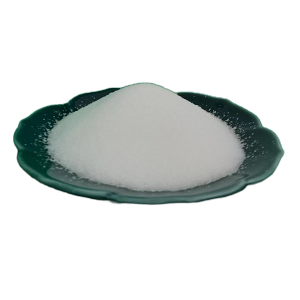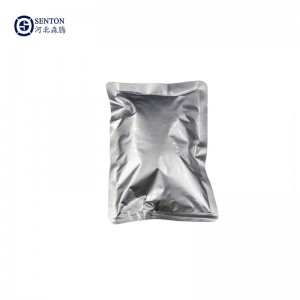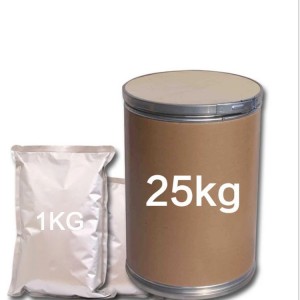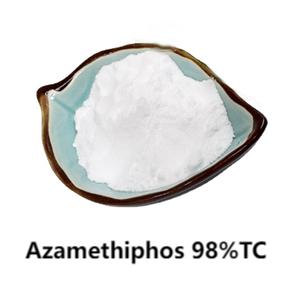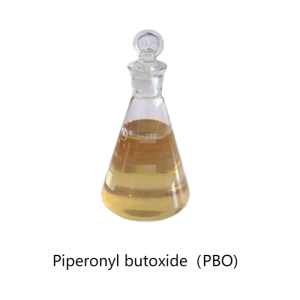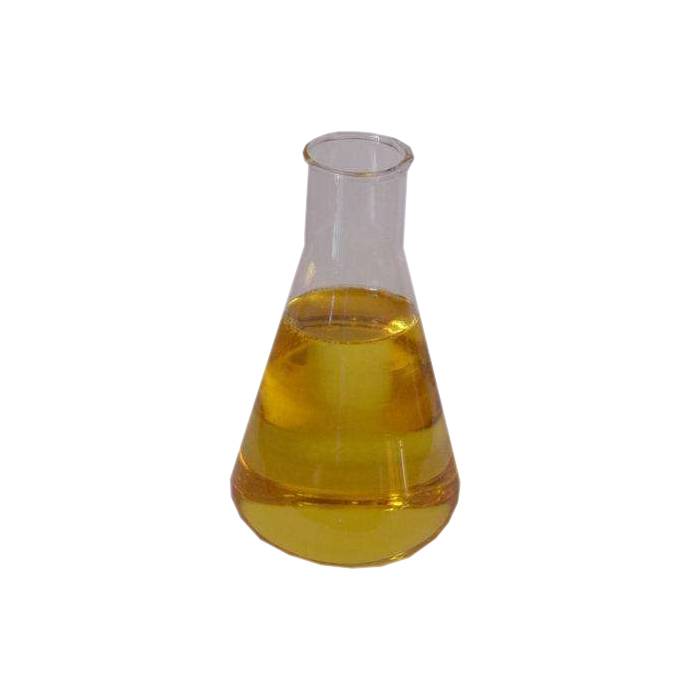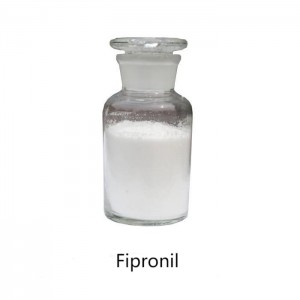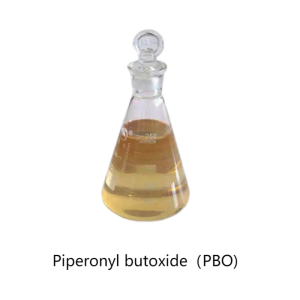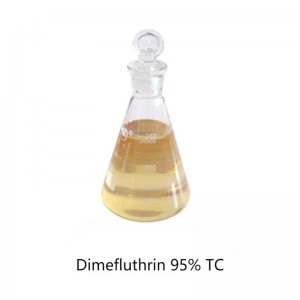Ciprofloxacin Hydrochloride 99%TC
Product Description
It is used for Genitourinary system infection, respiratory tract infection, gastrointestinal tract infection, typhoid fever, bone and joint infection, skin and soft tissue infection, septicemia and other systemic infections caused by sensitive bacteria.
Application
Used for sensitive bacterial infections:
1. Genitourinary system infection, including simple and complex urinary tract infection, bacterial Prostatitis, Neisseria gonorrhoeae Urethritis or Cervicitis (including those caused by enzyme producing strains).
2. Respiratory infections, including acute episodes of bronchial infections caused by sensitive Gram negative bacteria and pulmonary infections.
3. Gastrointestinal tract infection is caused by Shigella, Salmonella, Enterotoxin producing Escherichia coli, Aeromonas hydrophila, Vibrio parahaemolyticus, etc.
4. Typhoid fever.
5. Bone and joint infections.
6. Skin and soft tissue infections.
7. Systemic infections such as sepsis.
Precautions
1 As the resistance of Escherichia coli to fluoroquinolones is common, urine culture samples should be taken before administration, and medication should be adjusted according to the results of bacterial drug sensitivity.
2. This product should be taken on an empty stomach. Although food can delay its absorption, its total absorption (bioavailability) has not decreased, so it can also be taken after meals to reduce gastrointestinal reactions; When taking, it is advisable to drink 250ml of water at the same time.
3. Crystalline urine can occur when the product is used in large doses or when the urine pH value is above 7. To avoid the occurrence of crystalline urine, it is advisable to drink more water and maintain a 24-hour urine output of over 1200ml.
4. For patients with decreased renal function, the dosage should be adjusted according to renal function.
5. The use of fluoroquinolones can cause moderate or severe photosensitive reactions. When using this product, excessive exposure to sunlight should be avoided. If photosensitive reactions occur, medication should be discontinued.
6. When liver function decreases, if it is severe (cirrhosis ascites), drug clearance can be reduced, blood drug concentration increases, especially in cases of both liver and kidney function decline. It is necessary to weigh the pros and cons before applying and adjust the dosage.
7. Patients with existing central nervous system diseases, such as epilepsy and those with a history of epilepsy, should avoid using it. When there are indications, it is necessary to carefully weigh the pros and cons before using it.




